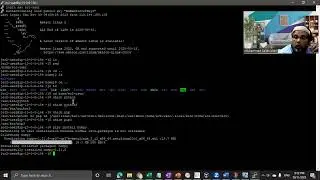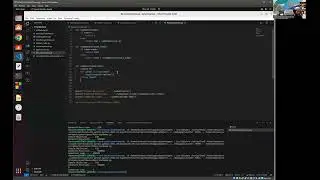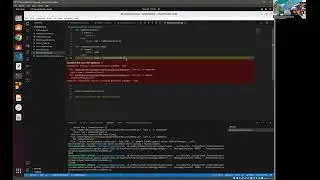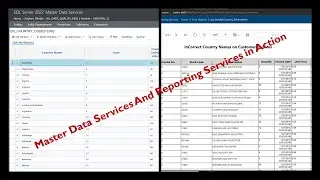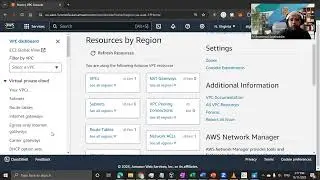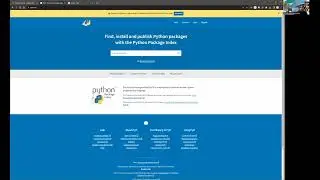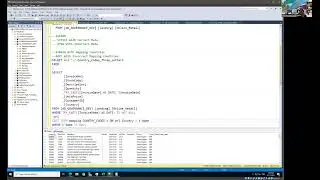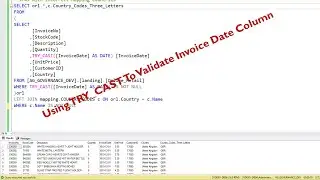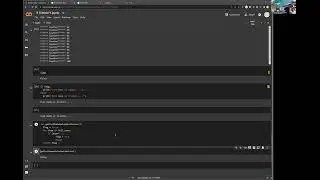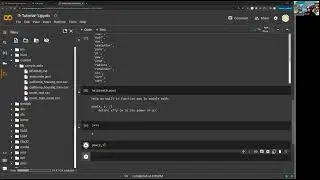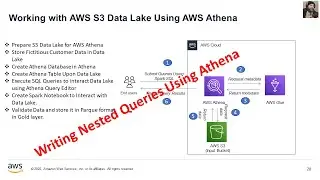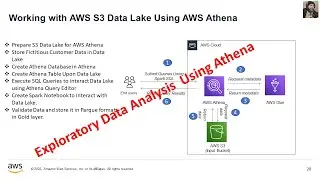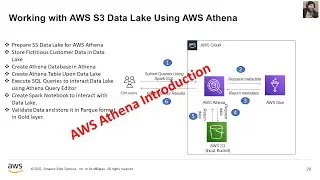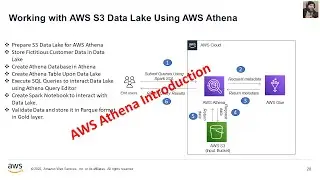Mastering Python Functionality: A Comprehensive Video to Writing Efficient and Modular Functions
Using functions in Python offers several advantages, contributing to code organization, reusability, and maintainability.
Functions play a pivotal role in Python programming, offering a multitude of advantages that enhance the efficiency and readability of code. One of the primary benefits is code organization. By encapsulating specific tasks within functions, developers can modularize their code, breaking down complex logic into smaller, more manageable units. This modular approach not only simplifies the understanding of code but also facilitates collaboration among team members, as functions act as self-contained entities with well-defined purposes.
Reusability is another significant advantage of using functions. Once a function is defined, it can be called multiple times with different inputs, promoting a "write once, use many times" paradigm. This not only reduces redundancy but also promotes consistency across the codebase. Additionally, functions enable developers to isolate changes or updates to specific functionalities without affecting the entire code, making maintenance and debugging more straightforward.
Functions also contribute to the readability of code. By giving meaningful names to functions, developers can convey the purpose and functionality of each block of code, improving the overall documentation of the program. This not only aids in understanding the code for the original developer but also for others who may collaborate on or inherit the codebase.
Furthermore, functions support the concept of abstraction, allowing developers to focus on high-level functionality without worrying about the internal implementation details. This abstraction makes code more intuitive and less error-prone.
In conclusion, the advantages of using functions in Python extend beyond mere code structuring. They promote modularity, reusability, and readability, essential principles in building robust and maintainable software applications. Embracing a functional programming approach in Python empowers developers to write more efficient, scalable, and comprehensible code.








